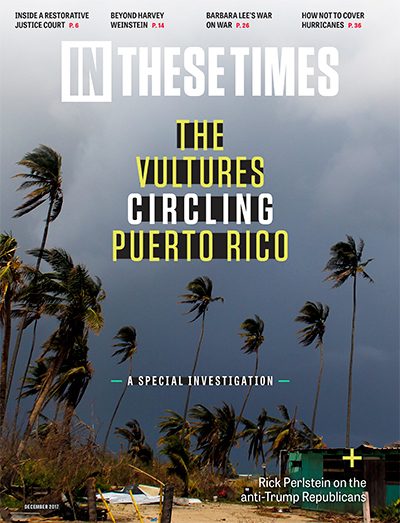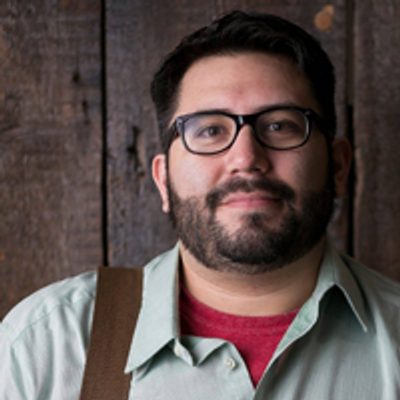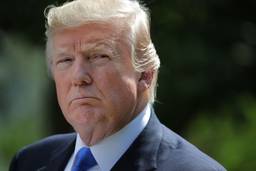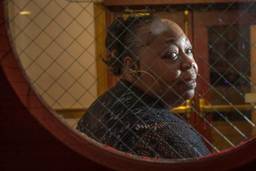In 1979, This Economist Predicted Puerto Rico’s Modern-Day Financial Crisis
The dominoes that led to the collapse were set up decades ago.
Alex V. Hernandez
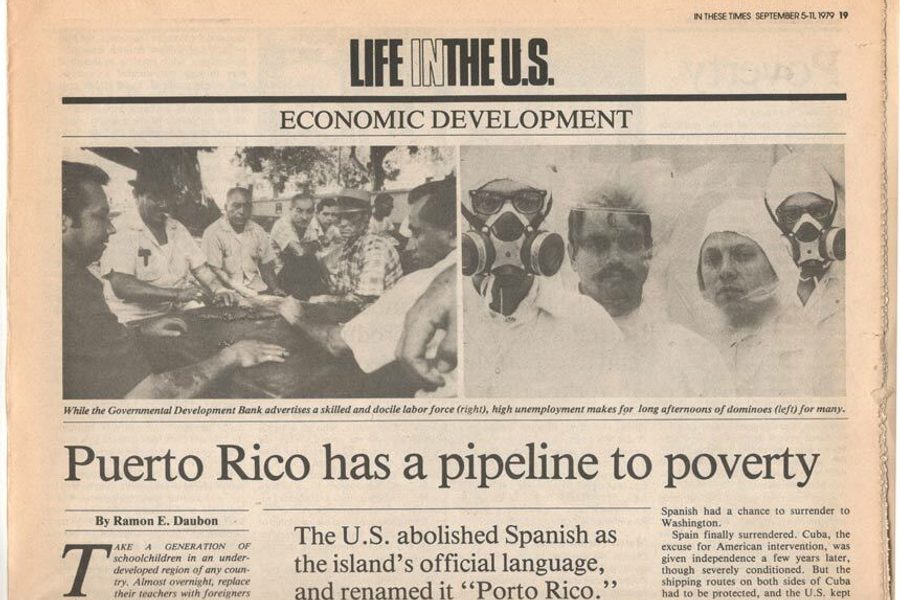
Puerto Rico’s residents own only a small portion of the island’s assets, while business people on the U.S. mainland use economic colonialism to line their own pockets.
Sound familiar?
This month’s special investigation into vulture firms isn’t the first time this magazine has addressed economic abuses in Puerto Rico.
The following, by Puerto Rican economist Ramon E. Daubon, appeared in September 1979. Daubon wrote that the economic system in Puerto Rico, based on courting manufacturers through tax breaks and low wages, would never be “self-sustaining.”
As outside owners came to have title or claim over the large majority of things of value on the island, the flow of repatriated earnings increased proportionally. To keep a positive inflow of capital every year to fuel its industrial expansion, Puerto Rico had to import ever-larger amounts to offset the ever-growing outflow.
This could not possibly work for long. It did not.
The island’s status as a territory had allowed U.S. corporations to easily exploit it as a tax shelter, but by 1979, the unsustainability of supply-side economics had become apparent.
[The economy] still moves along in jolts and stalls, motored by a sagging industry, a dying agriculture, the capricious vagaries of the tourist trade and, most significantly, massive injections of U.S. assistance to keep it afloat.
This model of development could not provide a home for more than two-thirds of its citizens. Unemployment is estimated between 20 and 30 percent despite one of the world’s lowest labor force participation rates.
Puerto Rico declared bankruptcy this year.
